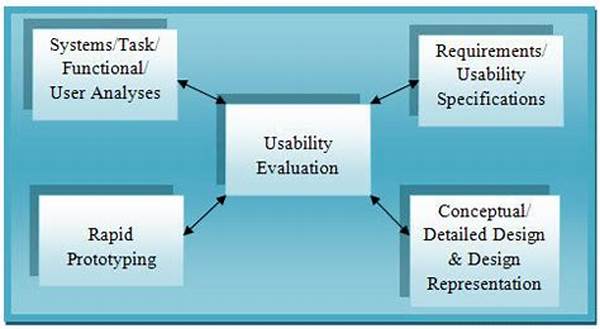Hey there, tech enthusiasts! If you’ve ever launched a new app or website, you know that user experience is everything. And that’s where interactive system usability testing comes into play. This nifty process helps us figure out if our digital creations are user-friendly or if they need some serious tweaks. So, buckle up as we dive into the world of usability!
What is Interactive System Usability Testing?
Interactive system usability testing is like having a heart-to-heart chat with your software. This testing method gets real users involved, allowing them to interact with your system while you observe. The goal? To pinpoint what works and what doesn’t. It’s about understanding user behavior, identifying pain points, and ultimately creating a smoother user experience. After all, nobody wants to use a clunky app or website that leaves them frustrated and confused.
Now, let’s talk about why this testing is essential. Imagine launching a new product, full of excitement, only to find out users are dropping like flies because it’s too complicated. Yikes! Interactive system usability testing helps prevent that nightmare. By catching usability issues early, you can make informed choices on what needs improvement. It’s like having a cheat sheet for success! Plus, users get what they’re really after—a seamless and intuitive experience.
Importance in Product Development
Interactive system usability testing isn’t just an option; it’s a must-have in product development. Think of it as a safety net. This type of testing ensures that your system aligns with user expectations, catches potential mishaps early on, and, most importantly, it saves you from that dreadful “back to the drawing board” moment.
Key Steps in the Testing Process
1. Planning the Test: The first step in interactive system usability testing is mapping out what you want to achieve. Decide on your objectives, the tasks users will perform, and who your users should be.
2. Recruiting Participants: Find actual users or those who resemble your target audience. Their feedback will provide genuine insights and highlight unforeseen issues.
3. Executing the Test: During the interactive system usability testing, watch how participants interact with your system. Pay attention to their expressions, questions, and any stumbling blocks they encounter.
4. Analyzing Data: After the test, dig into the data. Look for patterns, common problems, and moments of smooth sailing. This analysis will guide your next steps in refining the system.
5. Implementing Changes: Use the insights gained from interactive system usability testing to iterate and improve the system. This continuous feedback loop ensures constant enhancement of the user experience.
Common Challenges and Solutions
Interactive system usability testing, like any process, can have hiccups. One common issue is selecting the wrong participants, which can skew results. Solving this is easy—ensure participants mirror your end users. Another challenge? Limited resources. Streamline the process with efficient tools and strategies to maximize the outcome with minimal input.
Balancing Simplicity and Functionality
A crucial aspect of interactive system usability testing is finding that sweet spot between simplicity and functionality. Users crave an intuitive interface that doesn’t sacrifice features. Through testing, you ensure the system remains powerful yet approachable, satisfying users’ needs without overwhelming them with complexity. It’s all about balance, folks!
Continuous Feedback and Improvement
One of the beauties of interactive system usability testing is its cyclical nature. Just like Rome wasn’t built in a day, a perfect user interface takes time. Regular testing and feedback loops are vital. They ensure your system evolves alongside user expectations, keeping it relevant and user-approved.
The Role of Feedback in System Design
Feedback is the unsung hero in interactive system usability testing. It highlights user desires, frustrations, and suggestions. When harnessed properly, feedback transforms into actionable changes, guiding the design towards user-centered excellence. So next time you get a grumble or a praise, remember—it’s your golden ticket to a better system.
Summary and Final Thoughts
In the realm of user experience, interactive system usability testing is the star player. It’s all about understanding users, fine-tuning interfaces, and creating that oh-so-important seamless experience. From planning the test to implementing user feedback, every step in the process is geared towards one ultimate goal: a product that users love. So, next time you’re ready to launch, remember to prioritize usability testing. Trust us, your users will thank you!

